Isle Royale named among 15 best National Parks.
Apr 26, 2018 11:58AM ● By Editor
By Karen Bennett of Culture Cheat Sheet - April 26, 2018
How many of America’s national parks have you visited? Many of us have been to the ones nearest where we live. Did you know, however, that the National Park Service operates a whopping 417 national parks across the country? There could be some gems a daytrip away just waiting to be explored.
Here we’ll name 15 of America’s best national parks. You’ve surely heard of some, whereas others are underrated gems, just waiting to be explored. (What are you waiting for?) See which park is 95% underwater (page 2), which park is one of the snowiest places on earth (page 7), and where you can be one of the first in America to see a morning sunrise (page 11).
1. Great Smoky Mountains National Park
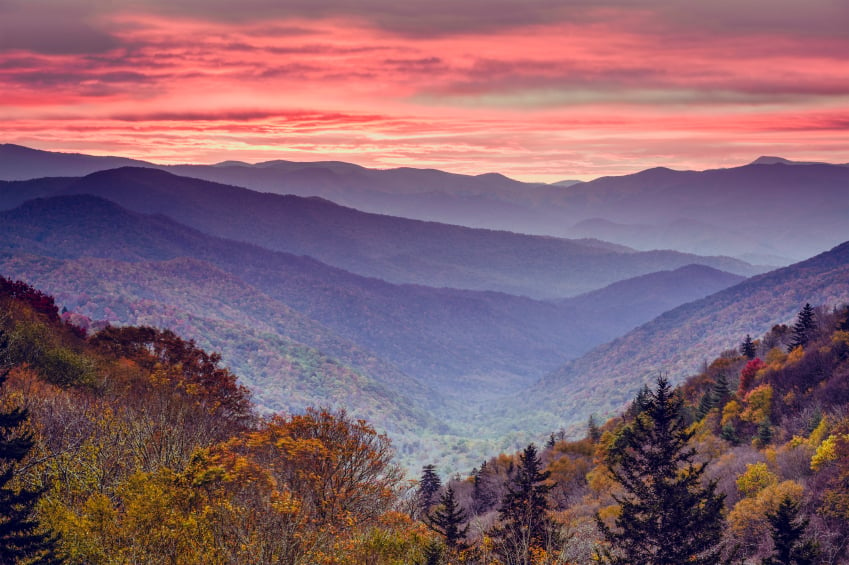
Great Smoky Mountains National Park | SeanPavonePhoto/iStock/Getty Images
- Tennessee and North Carolina
Straddling the ridgeline of the Great Smoky Mountains, this is the most visited national park in the United States, with more than 11.3 million tourists coming in 2016. Many come to hike the famed Appalachian Trail, which passes through the center of the park.
Other attractions include Cades Cove with its historic log cabins and Clingman’s Dome featuring a 50-foot observation deck — offering views of Tennessee, North Carolina, and Georgia on a clear day.
Next: This park is 95% underwater.
2. Biscayne National Park
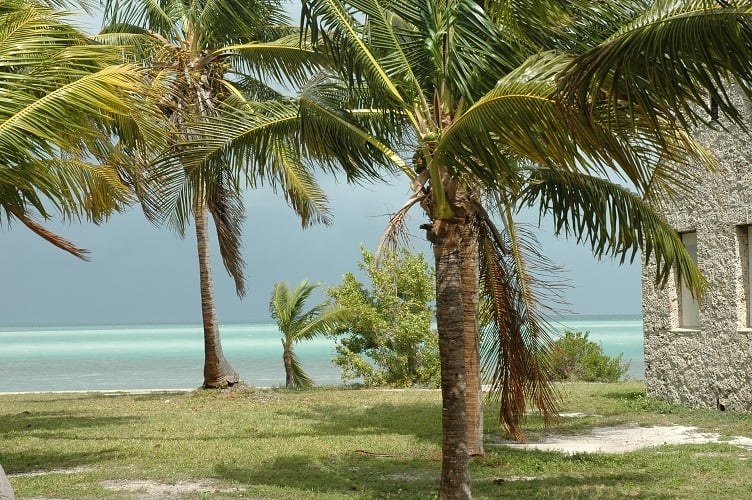
Biscayne National Park | NPS.gov
- Florida
This is one of the most unique national parks — because it’s 95% water. And believe it or not, it’s within sight of downtown Miami. The park boasts “173,000 acres of Caribbean-clear waters that wash over the sea-grass shallows of Biscayne Bay,” Travel + Leisure reports. With only one mile of roadway in the park, most visitors arrive at the 173,000-acre destination by boat.
Home of the world’s third largest coral reef, the park is popular among scuba divers. Snorkelers also love that there’s a shipwreck shallow enough to visit, in addition to 71 other shipwrecks in the park.
Next: A park that’s home to 2 volcanoes
3. Hawai’i Volcanoes National Park
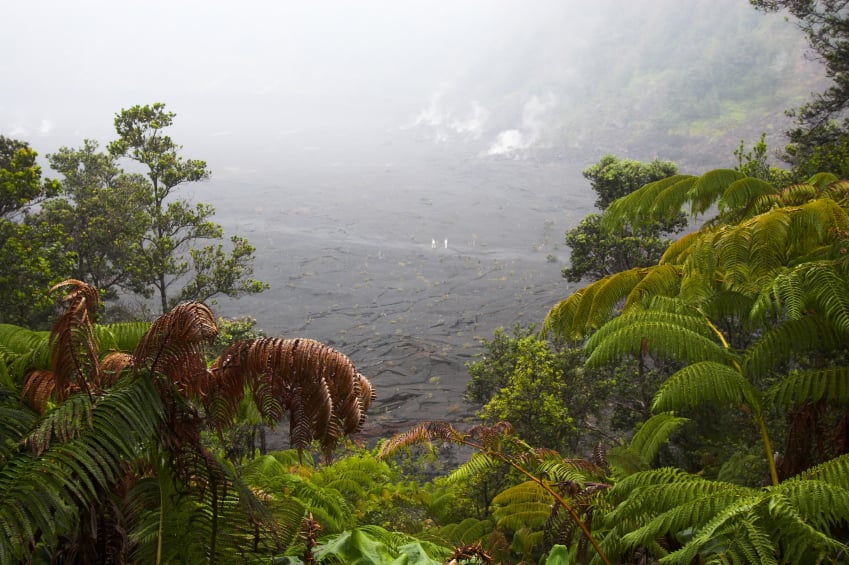
Hawai’i Volcanoes National Park | GeorgeBurba/iStock/Getty Images Plus
- Hawaii
Visitors to this park are treated to views of two of the world’s most active volcanoes: Mauna Loa and Kilauea. From multiple places in the park, tourists can witness Kilauea, which erupts continuously. It’s the most visited attraction in Hawaii and most visited volcano in the world. Excellent viewing spots are Crater Run Trail or along the ocean on the Chain of Craters Road.
The park boasts over 100 miles of hiking trails and is also very accessible by car: A road takes you from the park entrance past scenic points down to the ocean, where it finally disappears under a fresh sheet of lava.
Next: A park known for its waterfalls
4. Yosemite National Park
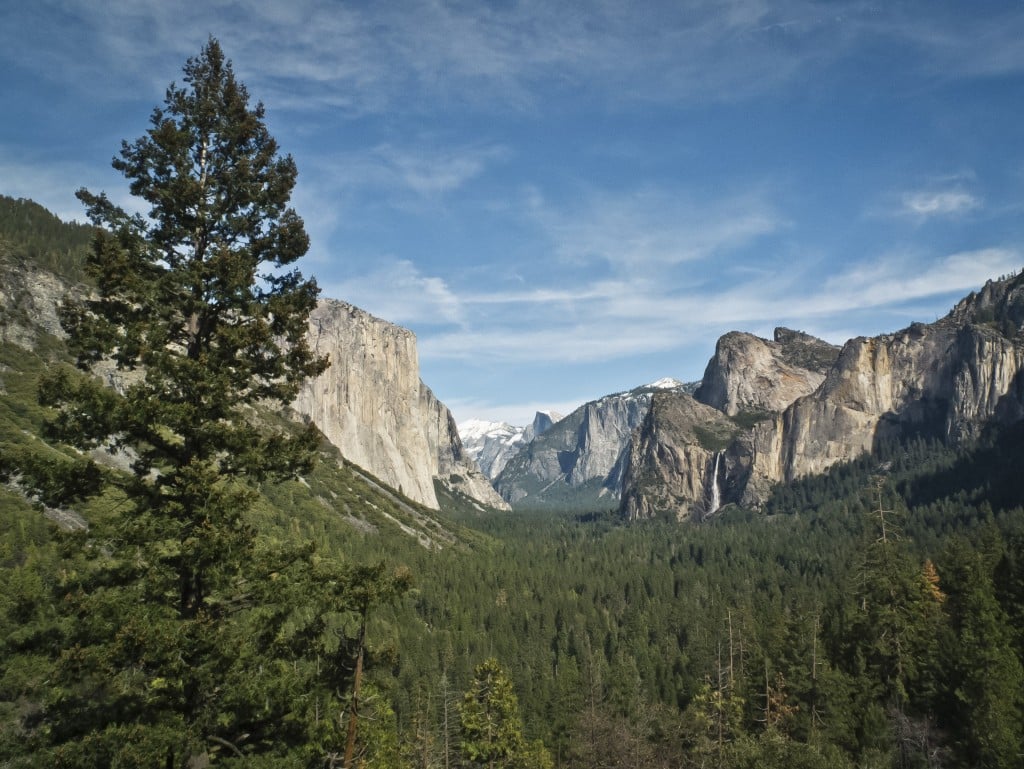
Yosemite National Park | Mladen Antonov/AFP/Getty Images
- California
Yosemite is best known for its waterfalls, but nature-lovers will also enjoy some of country’s most unique rock formations in this 1,200-square-mile park. It also boasts striking cliff faces and Sequoia trees over 1,000 years old. Most of the 4 million annual tourists hang out in an eight-mile area housing landmarks Half Dome and El Capitan, hiking trails, and natural monuments.
You can avoid the crowds by going earlier in the day. Even newbie hikers can enjoy the trails and rock formations through guided tours and climbing lessons. Must-see attractions include the 2,425-foot Yosemite Falls and the 5,000-foot-high Half Dome.
Next: A colorful reef in an unlikely spot
5. Capitol Reef National Park
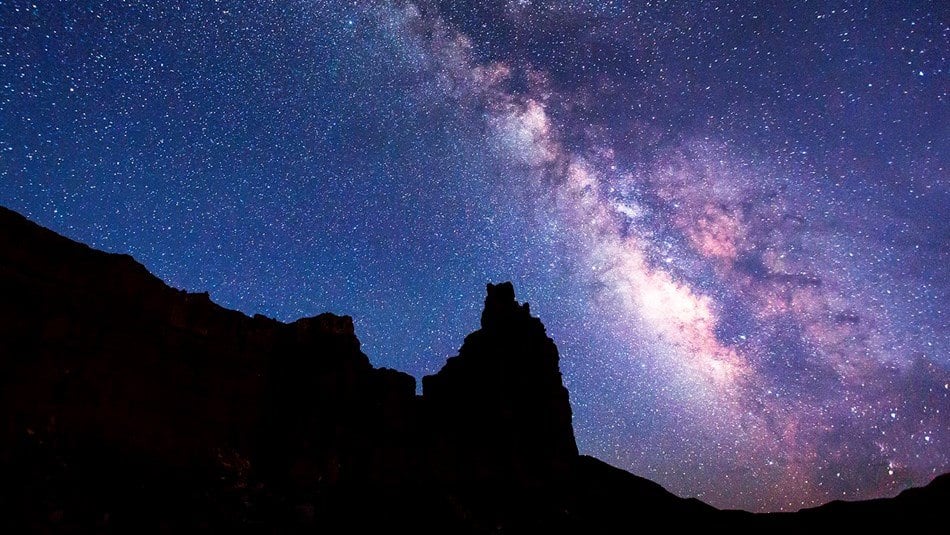
Capitol Reef National Park | NPS.gov
- Utah
Deep in the heart of Utah’s former bandit country is a reef known for its colorful layer cake of mountains. It was made from a 100-mile-long wrinkle in the earth’s crust called the Waterpocket Fold. Tourists flock to the area to view the 10,000 feet high formations made up of 270 million years’ worth of sediment layers.
One popular day hike — Capitol Gorge — takes you down a canyon and through the hills that were once the hideout of the notorious bank robber Butch Cassidy.
Next: Home of Old Faithful
6. Yellowstone National Park

Yellowstone National Park | lucky-photographer/iStock/Getty Images
- Wyoming
The best word to describe Yellowstone just might be “colorful.” Multi-hued pools swirl around the park’s hot springs, and lush green forests surround rolling meadows. Four million visit the park each year, the vast majority to see Old Faithful, the world’s most renowned geyser with eruptions averaging 130 feet high. With a predictable schedule, it doesn’t disappoint tourists, erupting around every hour and a half.
The park’s 1.1 million acres offer plenty of lesser-known regions as well, like the hot springs of West Thumb Geyser Basin. Much to nature-lovers’ delight, hikers often share Yellowstone’s trails with buffalo, elk, and even the occasional grizzly bear.
Next: One of the snowiest places on earth
7. North Cascades National Park
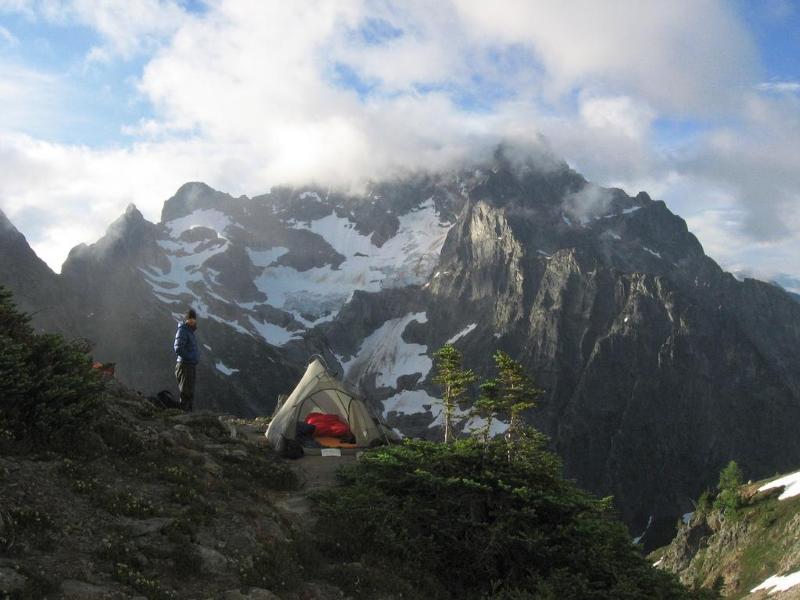
North Cascades National Park | NPS.gov
- Washington
If you want to visit glaciers without journeying to Alaska, head to this national park in Washington. Fifty miles from Canada’s border, it’s one of the snowiest places on earth and home to more than half the glaciers in the lower 48 states. More than 300 glaciers feed into steep waterfalls, and grizzlies prowl among the forests of whitebark pines and Douglas firs.
The park boasts nearly 400 miles of hiking trails and more than 127 alpine lakes below the North Cascades mountains.
Next: This park is a large island.
8. Isle Royale National Park
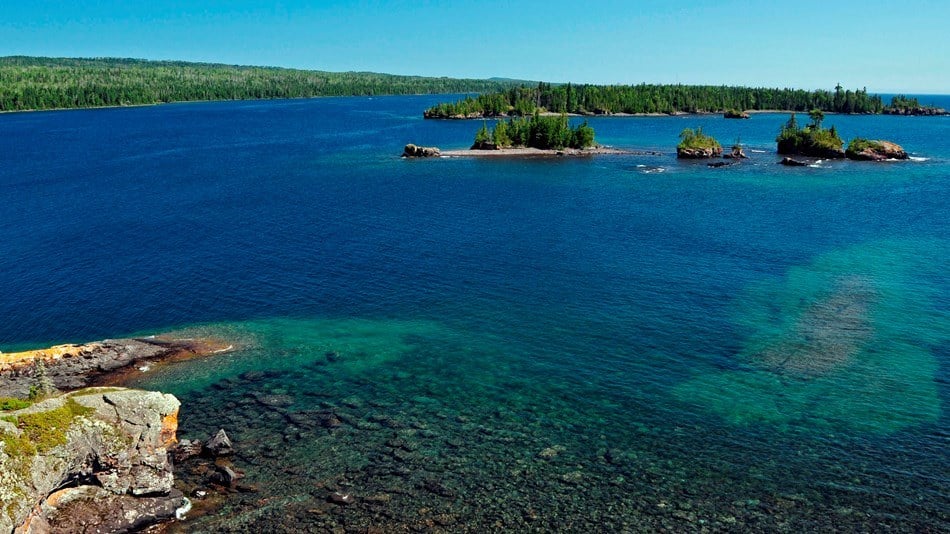
Isle Royale National Park | NPS.gov
- Michigan
Near Thunder Bay, Canada, this national park is the largest island in Lake Superior, the world’s largest freshwater body. Many tourists come for the park’s rugged isolation. It’s the only place where moose and wolves coexist without bears at the top of the predator chain. Visitors can tour the park’s 400 satellite islands by boat.
This park may seem underrated with just 14,000 annual visitors (fifth least-visited national park), but it has the highest backcountry use. Don’t try to get there by car — it’s accessible only by boat or seaplane — and don’t come in winter, which is when it’s closed.
Next: 6 million tourists stop by per year.
9. Grand Canyon National Park

Grand Canyon National Park | Mladen Antonov/Getty Images
- Arizona
This massive chasm is a natural wonder, measuring around 277 river miles in length, up to 18 miles in width, and a mile deep. Around 6 million visitors stop by yearly to gaze at the majestic red and orange splendor.
Anyone who’s been to this park can attest to the crowds, especially on the uber-popular Bright Angel Trail. Those seeking more seclusion can head to the North Rim for hardcore hiking and backwoods camping.
Next: 400 miles of caves in the Midwest
10. Mammoth Cave National Park
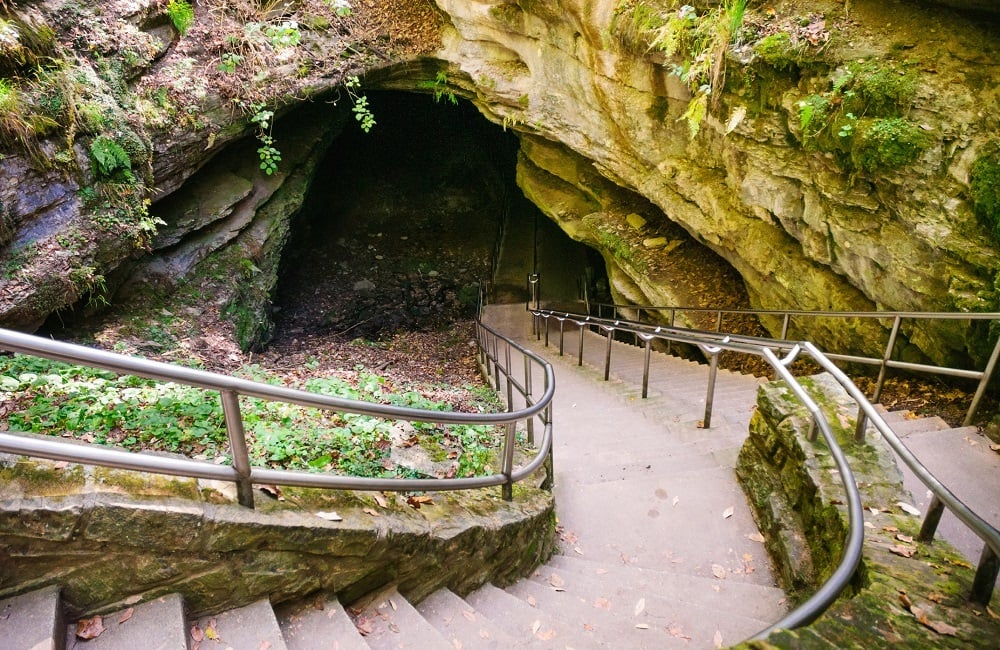
Mammoth Cave National Park | zrfphoto/iStock.com/Getty Images
- Kentucky
Situated in hilly south-central Kentucky, Mammoth Cave is the longest cave system in the world. It spans more than 400 miles explored. The caves are made up of limestone strata capped by a layer of sandstone. New discoveries add several miles to the system each year.
The National Park Service provides cave tours, some of which are only lit by visitor-carried lamps. Other “wild” tours branch out away from the developed areas into muddy, dusty tunnels.
Next: Be the first to see the sun rise, in this park.
11. Acadia National Park
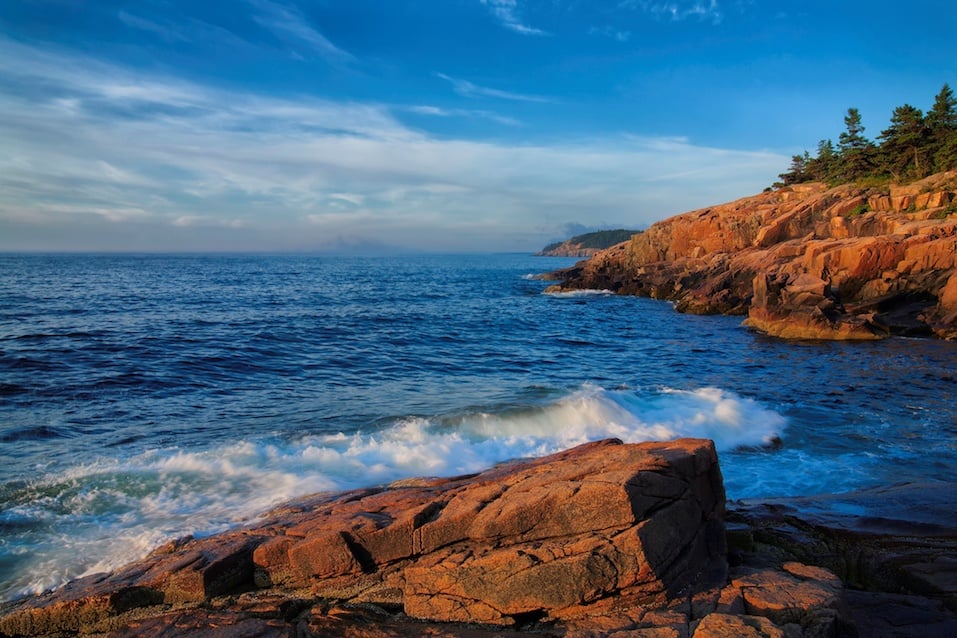
Acadia National Park | StevenSchremp/Getty Images
- Maine
More than 3.3 million people visit Acadia National Park each year to explore seven mountain peaks above 1,000 feet. Nestled along the North Atlantic coast, this spot is also home to 158 miles of hiking trails and 25 miles of carriage roads featuring 16 stone bridges. It’s the oldest national park east of the Mississippi River.
The mountains of Acadia offer views of the ocean, island lakes, and pine forests. A popular spot is Cadillac Mountain, one of the first places in the U.S. to see the sun rise each day.
Next: A park conveniently located near a big city
12. Rocky Mountain National Park
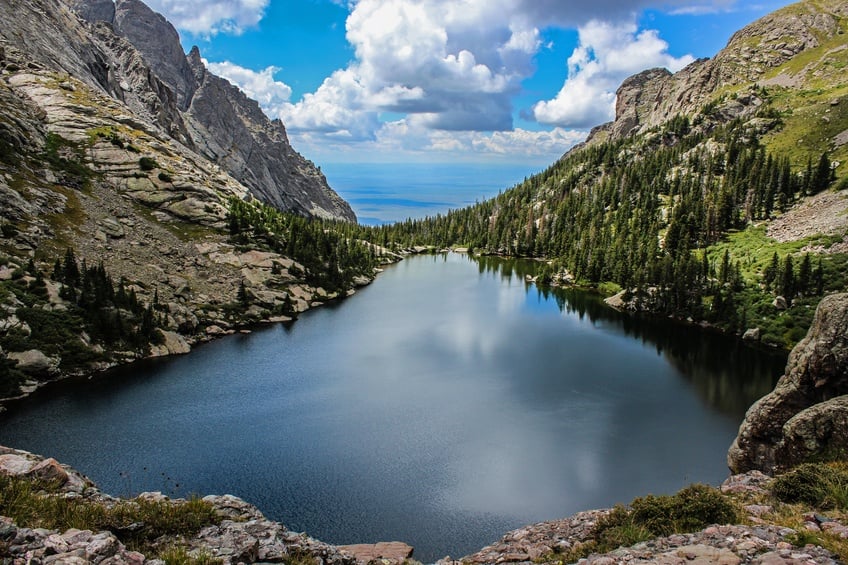
Rocky Mountain National Park | Nick1803/iStock/Getty Images
- Colorado
The Rockies sit just 70 miles north of Denver, making for a convenient daytrip. But you could spend many days exploring the national park, with its 355 miles of trails, 147 lakes, and 77 mountains more than 12,000 feet tall. The main attraction is hiking; the park’s 350 miles of trails wind through pine and spruce forests, past alpine lakes, and fields of wildflowers. While you’re hiking, you just may spot some elk or bighorn sheep.
Popular spots include the Emerald Lake Trail (described as a “must-do hike”) and the drivable Trail Ridge Road (called a “gorgeous, but scary drive”).
Next: A park with some of the darkest night skies
13. Great Basin National Park
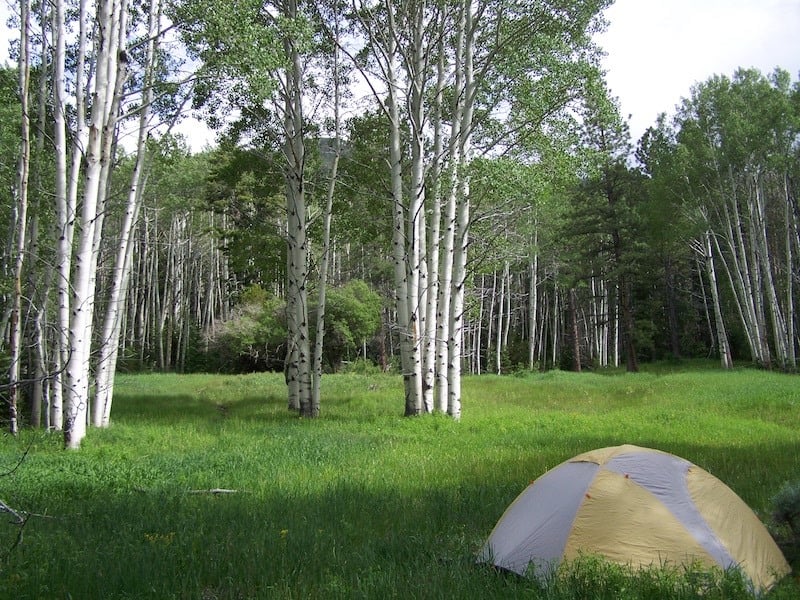
Great Basin National Park | NPS.gov
- Nevada
Nevada’s sole national park is a remote desert spanning 77,000 acres. The basin stretches from 5,000 feet above sea level all the way to 13,000 feet up. Here you’ll find some of the darkest skies in the contiguous states, making it a popular spot for stargazers. While in colder seasons it attracts skiers, in warmer months it brings hikers and campers.
Lehman’s Caves is a popular spot, with its glittering marble caverns. Many visit the six-story limestone Lexington Arch (one of the largest in the country) by taking a 3.4-mile round-trip hike.
Next: A park with a former president’s home
14. Theodore Roosevelt National Park
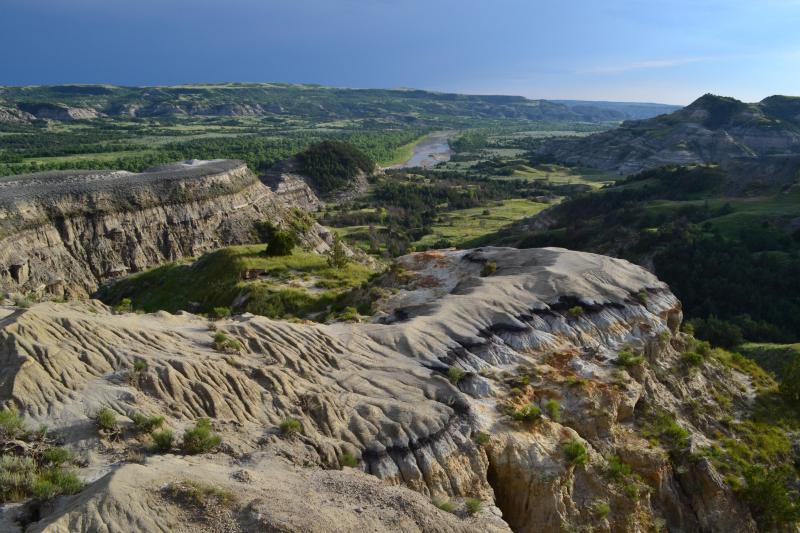
Theodore Roosevelt National Park | NPS.gov
- North Dakota
In 1883, New Yorker Theodore Roosevelt arrived in these parts to hunt buffalo, and he started several ranches in the area. Now, some of the former president’s land is incorporated into a national park bearing his name. People visit for scenic drives, wildlife viewing, camping, and hiking on 100 miles of trails. Bison, coyotes, cougars, horses, badgers, and prairie dogs roam the land.
While the park received just 754,000 visitors in 2016, that was a 30% increase over the prior year. Many visit Roosevelt’s Maltese Cross Cabin, maintained by the National Park Service.
Next: Thousands scale this park’s glaciers each year.
15. Mount Rainier National Park
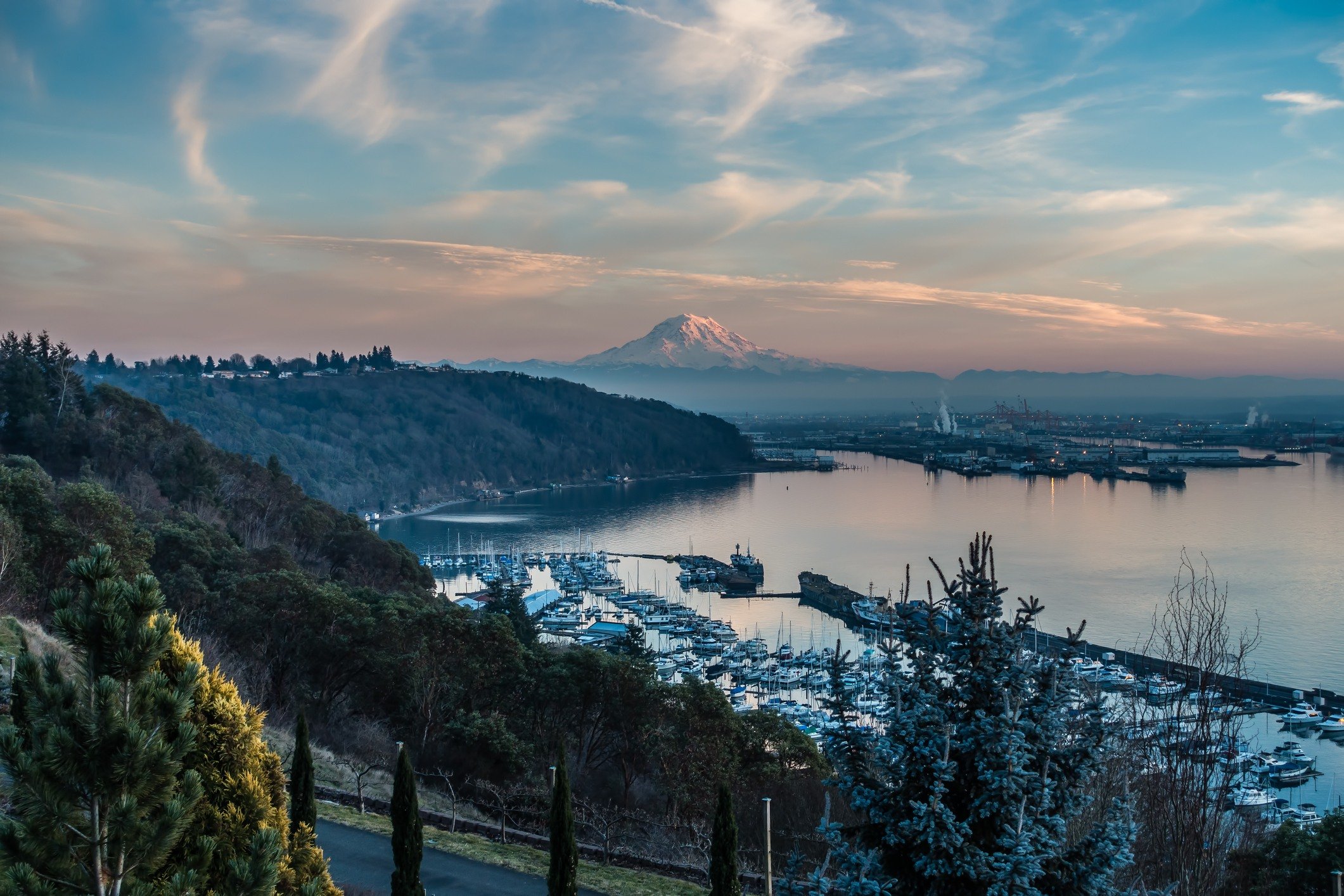
Mount Rainier National Park | gmc3101/iStock/Getty Images
- Washington
Mount Rainier is described as “an icon in the Washington landscape,” towering up to 14,410 feet above sea level. An active volcano (it last erupted in 1854), this mountain is the most glaciated peak in the contiguous U.S., feeding into six major rivers. Every year, thousands of climbers scale the glaciers for views of the steaming volcano and surrounding icy cold rivers.
Not into mountain climbing? You can drive up to a spot called Sunrise for breathtaking views of the valleys below. At 6,400 feet, it’s the highest point in the park accessible by car.

